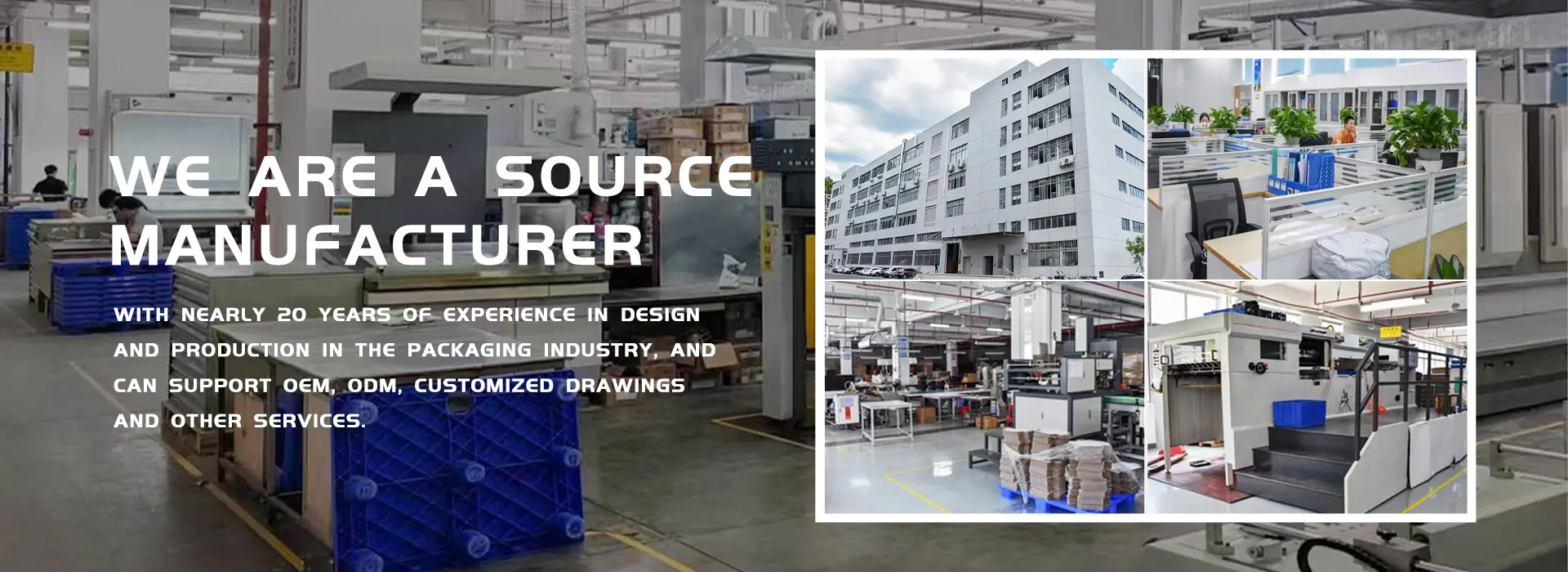- Jeffchen2121@gmail.com
- +86-18688742252
- Language
European cardboard box with transparent lid packaging new regulations are coming! Chinese companies should be prepared for those
Wed May 17 14:04:15 CST 2023
1. Sharp decline in the cardboard box with transparent lid packaging reuse or refill:
2. In order to promote reuse or refill of cardboard box with transparent lid packaging that has declined sharply over the past 20 years, companies must offer consumers a certain percentage of reusable or refillable cardboard box with transparent lid packaging for products such as takeaway drinks and meals or In addition, there will be some standardization of packaging methods and clear labeling of reusable cardboard box with transparent lid packaging. 2.

2. Addressing the issue of apparently unnecessary cardboard box with transparent lid packaging:
To address the issue of apparently unnecessary cardboard box with transparent lid packaging, certain forms of cardboard box with transparent lid packaging will be banned, such as disposable cardboard box with transparent lid packaging for food and beverages consumed in restaurants and cafes transparent lid packaging, disposable cardboard box with transparent lid packaging for fruits and vegetables, micro shampoo bottles and other micro cardboard box with transparent lid packaging for hotels.

3. 2030 to make cardboard box with transparent lid packaging fully recyclable
Many measures aim to make cardboard box with transparent lid packaging fully recyclable by 2030. This includes developing design standards for cardboard box with transparent lid packaging; establishing a mandatory deposit return system for plastic cardboard box with transparent lid and aluminum cans; and clarifying which very limited cardboard box with transparent lid packaging must be compostable so that consumers can dispose of cardboard box with transparent lid in bio-waste.

4. will help convert recycled cardboard box with transparent lid into valuable raw materials:
In addition, manufacturers will have to include a mandatory rate of recycled content in new plastic cardboard box with transparent lid packaging. This will help convert recycled cardboard boxes with transparent lid into valuable raw materials.

5. The example of PET bottles in the Single-Use Plastic Cardboard Box with Transparent Lid Directive is shown. Specific provisions are as follows:
As of January 1, 2030, plastic components in cardboard box with transparent lid packaging shall contain the following minimum percentage of recycled content recovered from post-consumer plastic waste per unit of cardboard box with transparent lid packaging:
a) 30 percent for contact-sensitive cardboard box with transparent lid packaging with polyethylene terephthalate (PET) as the primary component;
b) 10% for contact-sensitive cardboard box with transparent lid packaging made from plastic materials other than PET, except for single-use plastic beverage bottles;
c) 30% for disposable plastic cardboard box with transparent lid;
d) 35% for cardboard box with transparent lid packaging in addition to the above three cardboard box with transparent lid packaging.

6. January 1, 2040 onwards, cardboard box with transparent lid packaging of the new provisions:
Effective January 1, 2040, plastic components in cardboard box with transparent lid packaging shall contain the following minimum percentages of recycled content recovered from post-consumer plastic waste per unit of cardboard box with transparent lid packaging:
a) 50 percent for contact-sensitive cardboard box with transparent lid packaging, except for single-use plastic beverage bottles;
b) 65% for single-use plastic cardboard boxes with transparent lid;
c) 65% for the cardboard box with transparent lid packaging in addition to the above two cardboard box with transparent lid packaging.

7. Each cardboard box with transparent lid package would have a label on it:
This proposal would eliminate confusion about which cardboard box with transparent lid package belongs to which recycler. Each cardboard box with transparent lid package would have a label showing what the cardboard box with transparent lid package is made of and in which waste stream it should be placed. The waste collection containers will carry the same label. The same symbols will be used throughout the EU.

8. The disposable cardboard box with transparent lid packaging industry will have to transform:
By 2030, the above measures will reduce greenhouse gas emissions from cardboard box with transparent lid packaging to 43 million tonnes, compared to 66 million tonnes without changes to cardboard box with transparent lid legislation - -The reduction is approximately equivalent to the annual emissions of Croatia. Water use will be reduced by 1.1 million cubic meters. The cost of environmental damage to the economy and society will be reduced by 6.4 billion euros compared to the baseline year 2030. The disposable cardboard box with transparent lid packaging industry will have to be transformed, but the overall economic and job creation impact of the EU is positive. The promotion of reusable cardboard box with transparent lid alone is expected to bring more than 600,000 jobs to the industry by 2030, many of them in local small and medium-sized cardboard box with transparent lid companies.

9. Expect more innovation in cardboard box with transparent lid packaging solutions:
We expect more innovations in cardboard box with transparent lid packaging solutions to facilitate cardboard box with transparent lid source reduction, reuse and recycling. These measures are also expected to save money: if cardboard box with transparent lid companies translate the savings to consumers, each European could save almost 100 euros per year.
















































